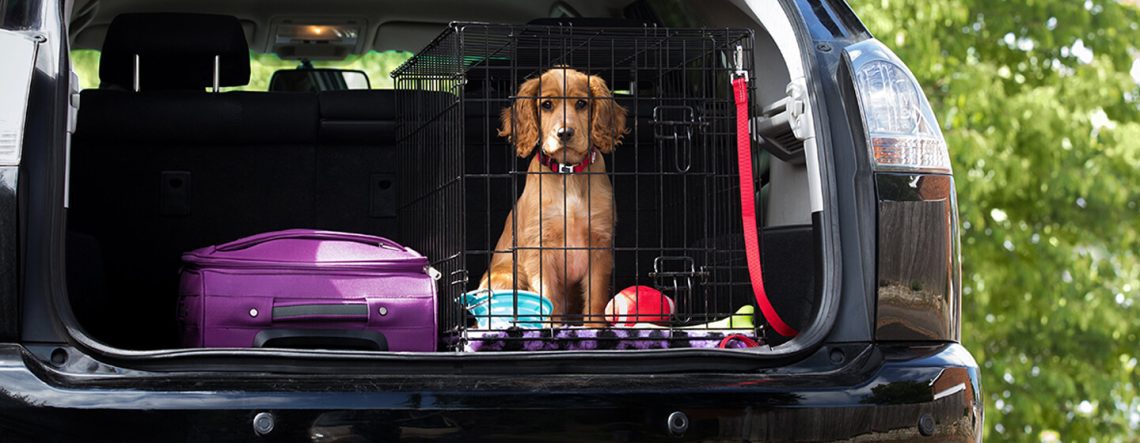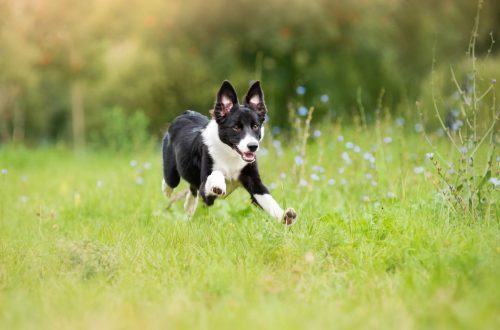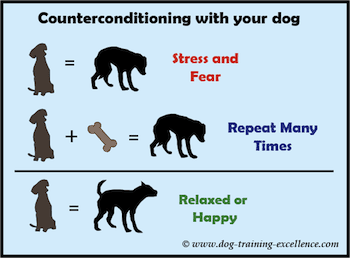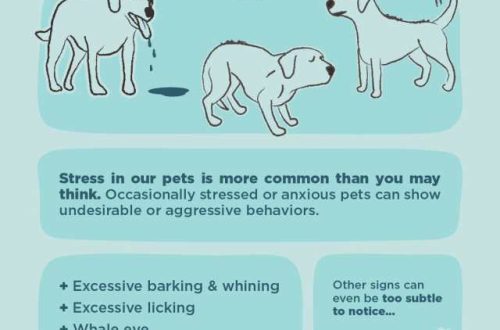
How to teach a dog to ride in transport?
At the same time, we have public and personal transport, and we have large and very small dogs. As you can see, the conditions of the problem are quite diverse, but nevertheless, for a start, general advice can be given.
Let’s start with the fact that any dogs are puppies for some time. And it is puppy age that is the most optimal not only for training in general, but also for accustoming to transport. Thus, a responsible owner begins to teach the puppy to treat vehicles positively or at least indifferently from the first puppy walk. Transport in its modern form is found everywhere, and it is necessary to teach a puppy not only to be afraid of the appearance of various vehicles, but also the sounds they make.
Scientific people advise to feed the dog 4-6 hours before the trip, and water at least an hour before it. Before the trip, it is necessary to walk the dog well.
In the case of a long trip, it is strongly recommended to make stops every 2 hours for 10-15 minutes, be sure to walk the dog.
And it is desirable to always have in stock herbal medicines that relieve stress and the effect of motion sickness. Which ones, your veterinarian will tell you, that is, your dog.
If your best friend is a small dog that has the ability to fit in a carrier bag or backpack, then problems with attitudes towards vehicles are practically eliminated. By the way, there are also small cages on wheels. The happy owner of a little dog-like friend only needs to teach him to have a positive attitude towards a bag, backpack or cage. And move it wherever you want.
No matter how beautiful the photos of dogs traveling in the cabin of a car are, but if you plan to transport a pet in a personal vehicle, then it is recommended to transport it in a cage. Why?
Because:
- will not interfere with the driver to drive a car and in general will not interfere with anyone;
- will not hang around the cabin when braking and maneuvering;
- will not damage or stain the interior and glass;
- if any embarrassment happens to the dog, it will not happen in the cabin, but in the cage.
So people with experience strongly recommend to accustom a dog to a cage.
As a rule, dogs quickly get used to the appearance of vehicles, but not many people like to be inside, and even more so to move inside this beast.
In general, there are two ways to teach a dog to ride in transport: revolutionary and evolutionary.
The revolutionary method is scientifically called the method of excessive presentation. And it consists in the fact that you grab the dog in an armful and – on the barricades, that is, in vehicles, regardless of her opinion, desire and emotions. In 90% of cases, by the 3-5th trip, the dog stops worrying and tolerates the transportation of his beloved much more calmly.
This is the most radical way to prove to the dog that the transport is not as scary as it is painted, that moving in it does not lead to pain, paws do not break, the tail does not come off and the skin is not removed. And if the trip also ends with a pleasant and long-awaited event for the dog: a walk in the park, a trip to the country house, to the dog playground, to the grandmother, who saves delicious meat scraps all week, etc., then by the 10th transportation, the dog with a large happy to get in the car.
If the dog is transported not by personal transport, but by someone else’s and passenger car, then it is desirable that it has a muzzle. The muzzle should be large enough so that the dog can breathe with its mouth open and its tongue hanging out. It is very important. First, it’s going to be hot in the cabin and dogs sweat on their tongues, just so you know. And secondly, in any case, the dog will experience stress of varying severity, so it will breathe often. And she needs to ease the process of breathing.
If your dog is crate trained and the vehicle allows it, then it is easier to transport the dog in a crate. If not, it’s best to have your feet on the floor. Sometimes zootaxis are supplied with special hammocks, in which case the dog can be placed on the hammock without a muzzle. Small dogs are transported on their knees.
In public transport, a dog of any size must be muzzled. In addition, you should be sure of the reliability of the collar. If your dog is prone to panic, transport it in a harness.
The evolutionary way is as slow as evolution itself.
First, on the example of personal transport:
- We park the car and open the doors. We place the dog bowl next to the car, under the car. We feed the dog only next to the car.
- We start the car and feed the dog according to item 1.
- We put the bowl inside the cabin and feed the dog the only way. The engine is off.
- With the engine running, we feed the dog inside the cabin.
- We feed the dog inside the salon with closed doors.
- At the time of feeding, the dogs set off, drove 10 meters, stopped, and let the dog out.
- According to clause 6, but we drove 50, 100, etc. meters.
- Prepared a treat. The dog jumped into the salon for a bowl of food. We take the bowl and do not give the dog food. We close the doors, start moving, feeding the dog a treat.
- We reduce the amount of treats given out during the movement and increase the duration of the movement.
- We give out tasty food only when the car stops.
- If necessary, place the dog in a cage.
You understand, the duration of the stages is determined by the characteristics of the dog and the callousness of the owner. If necessary, if the behavior of the dog allows it, some steps can be omitted.
If your dog is afraid / afraid of public transport, and you are serious about accustoming your pet to traveling in public vehicles (buses, trolleybuses, trams and trains), approach this with all responsibility, that is, stop feeding the dog just like that. Feed her only in the place where she begins to feel fear. Enough strength not to feel sorry for the dog?
When the pet begins to confidently eat in the selected place, take 2-3 steps closer to the transport and feed the dog here until calm and confidence appear. And so on…
Thus, we will change the meaning of transport for the dog from scary-negative to positive-food.
If the dog does not experience much fear, we will prepare it according to general advice: we get on the bus, we pass the stop, we get off, we return to the stop where we sat down, we wait for the bus, we get into it, we pass the stop, we get off, we return to the stop where we got on the bus, and so on 20-40 times.
While we are driving, we cheer the dog, feed a treat, lisp, kiss on the nose (this is a must), scratch the belly and say kind words.
Gradually increase the number of stops.
And who said it would be easy?





